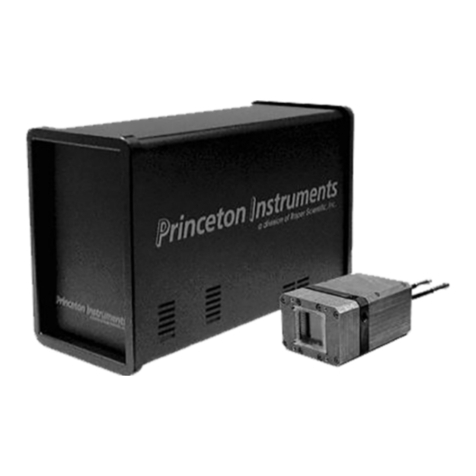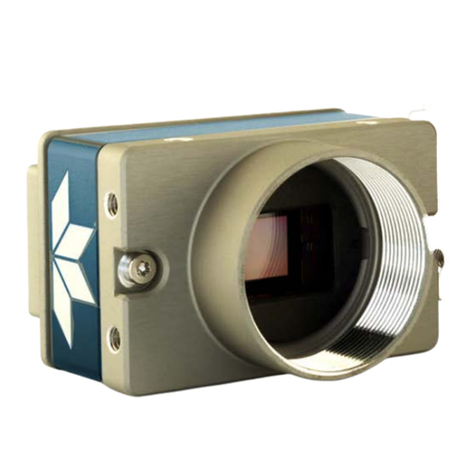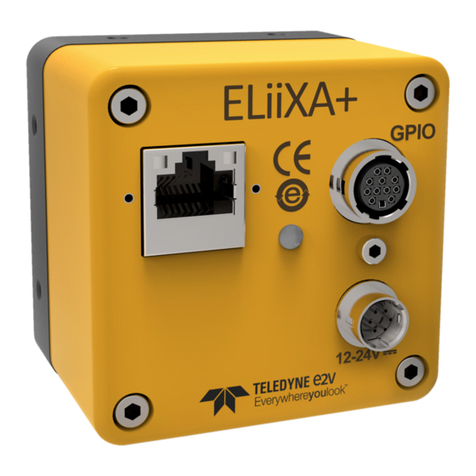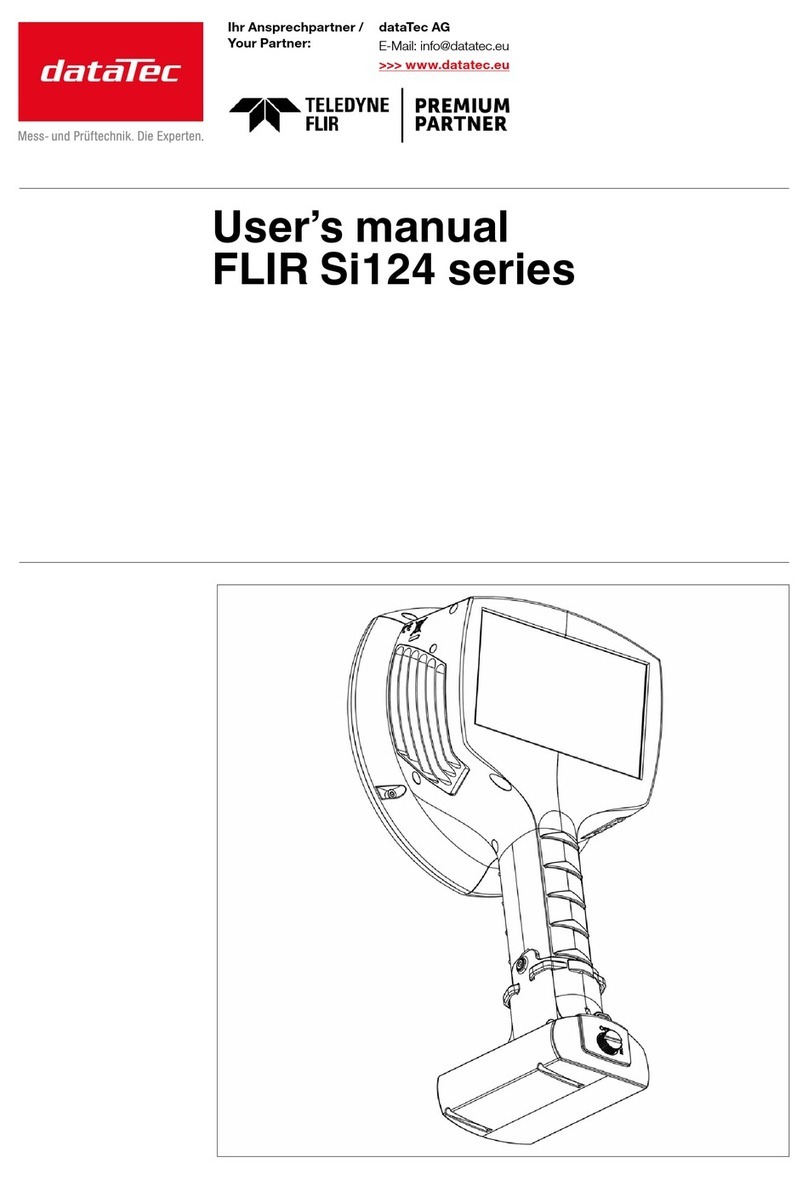Teledyne USB VISION BLACKFLY S User manual
Other Teledyne Digital Camera manuals

Teledyne
Teledyne Genie Monochrome Series M640 User manual
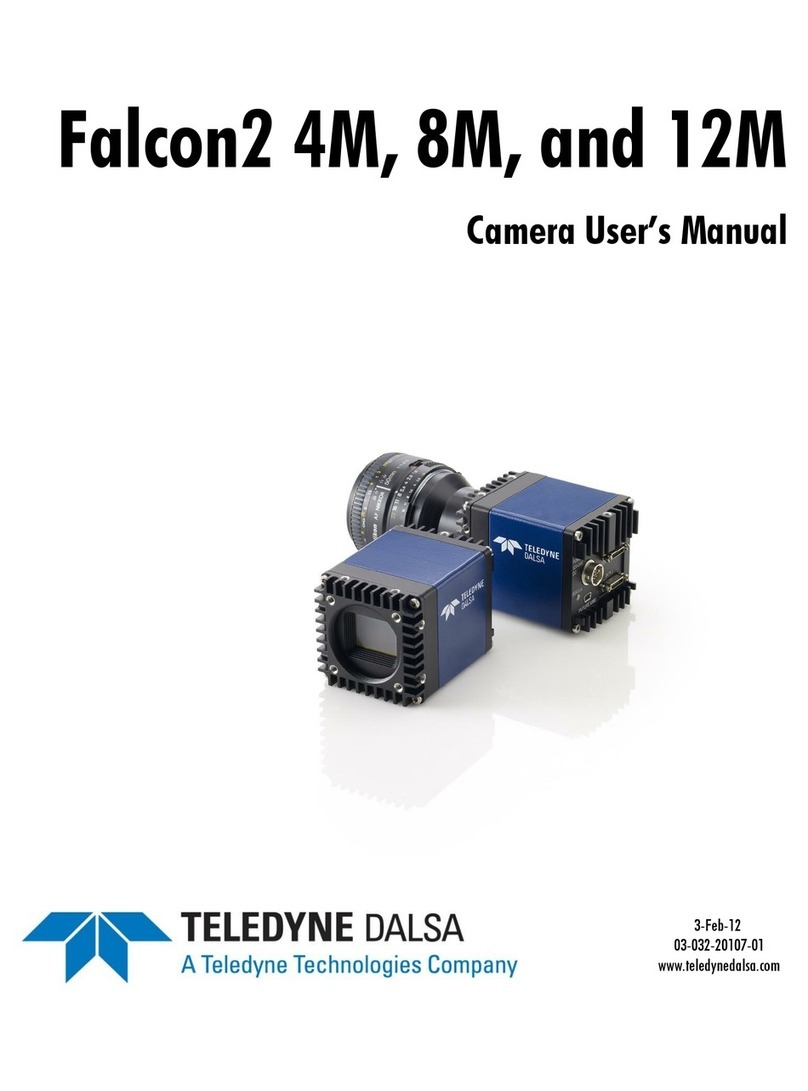
Teledyne
Teledyne 4M User manual

Teledyne
Teledyne Princeton Instruments PICam 5.x Operating and maintenance manual
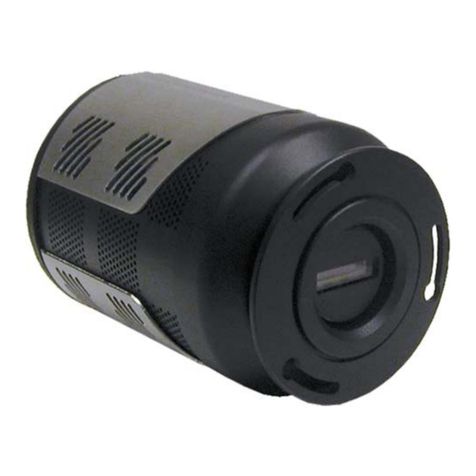
Teledyne
Teledyne PIXIS User manual
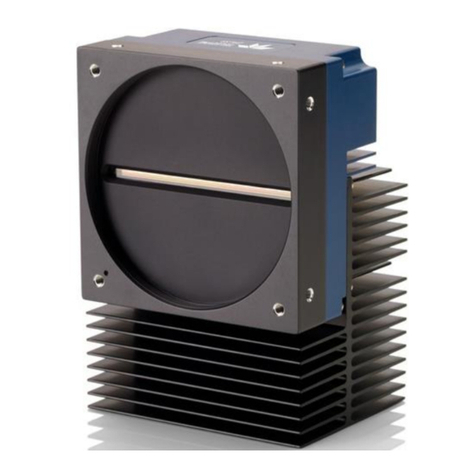
Teledyne
Teledyne Linea HS Series User manual
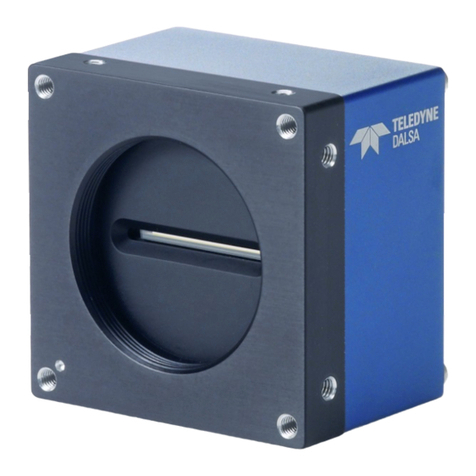
Teledyne
Teledyne Spyder3 SC-34-02K80-00-R User manual
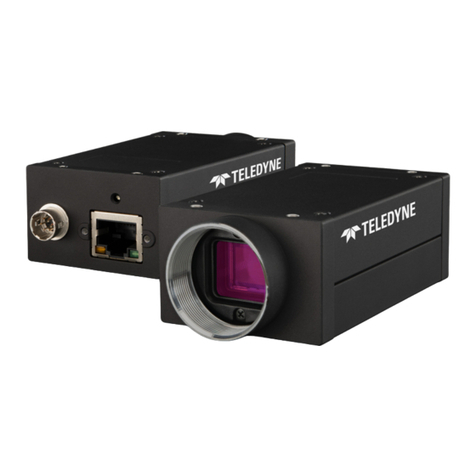
Teledyne
Teledyne Forge 5GigE User manual
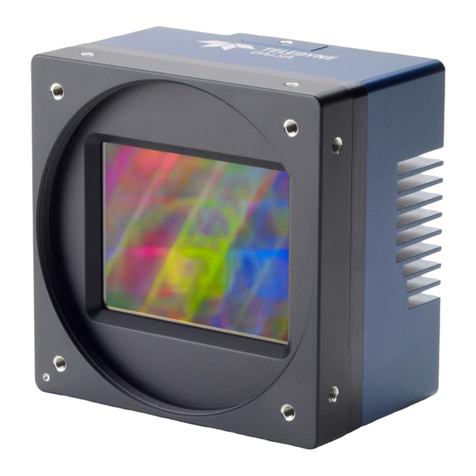
Teledyne
Teledyne Falcon4 57M User manual
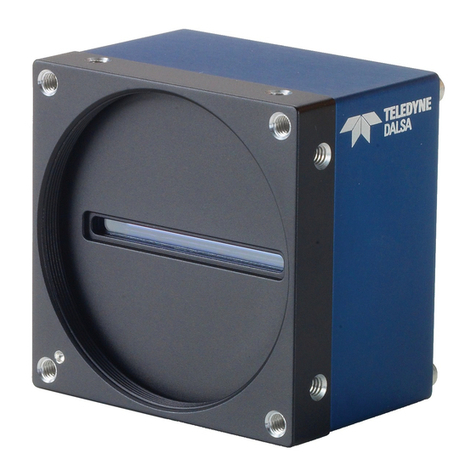
Teledyne
Teledyne Piranha4 User manual

Teledyne
Teledyne Piranha4 User manual
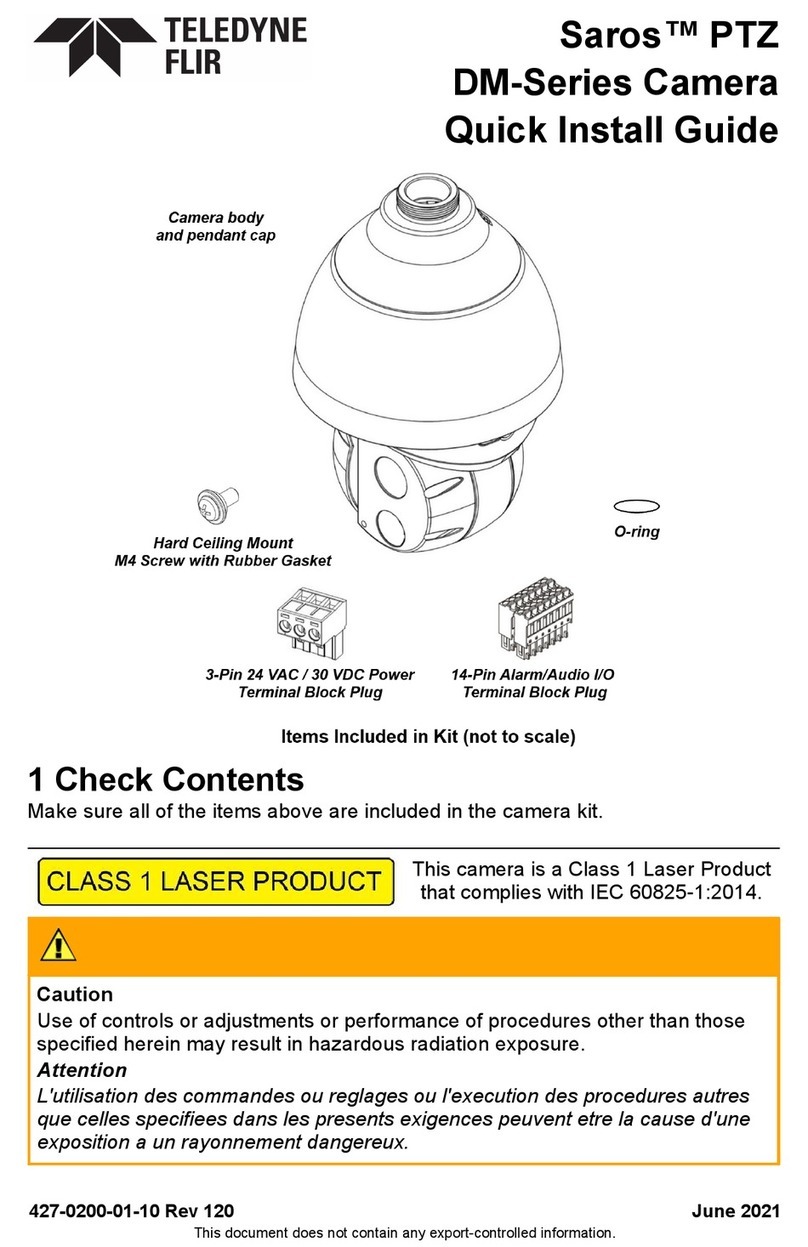
Teledyne
Teledyne Flir Saros DM Series User manual
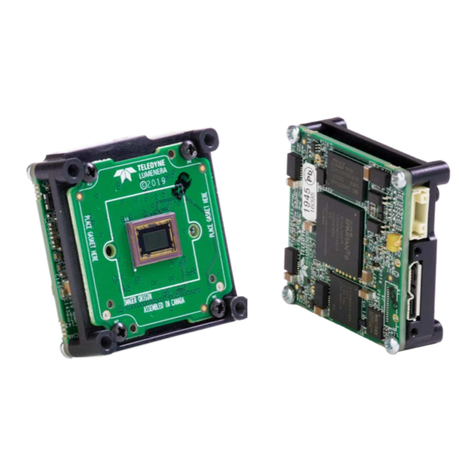
Teledyne
Teledyne Lt Series User manual
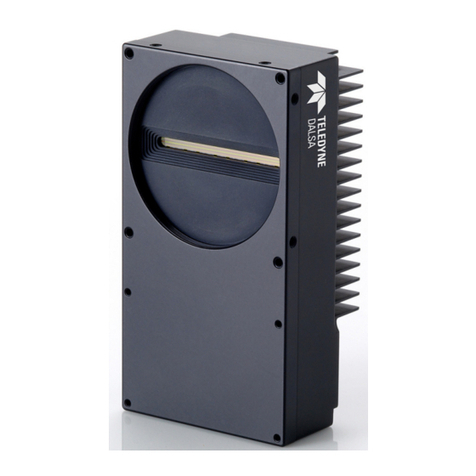
Teledyne
Teledyne Piranha3 User manual

Teledyne
Teledyne ProEM Series User guide
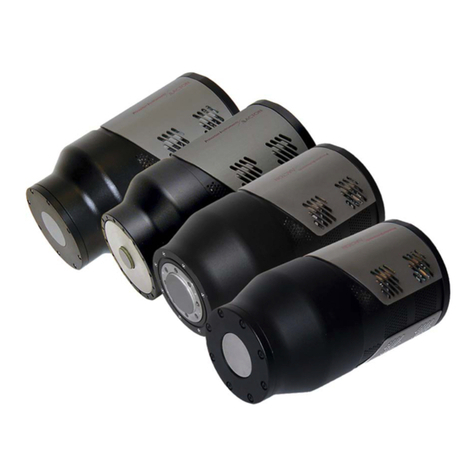
Teledyne
Teledyne PIXIS-XF User guide

Teledyne
Teledyne Falcon4 57M User manual
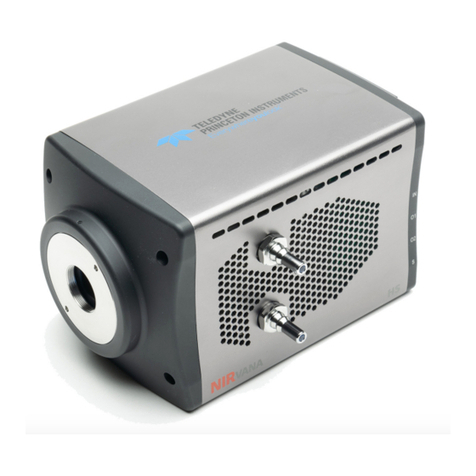
Teledyne
Teledyne Princeton Instruments NIRvana HS User guide
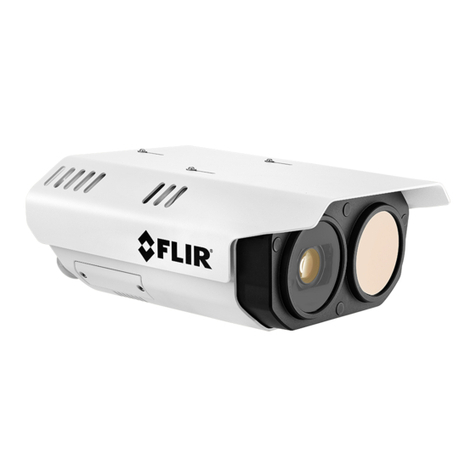
Teledyne
Teledyne Triton FH Series User manual

Teledyne
Teledyne Piranha4 User manual
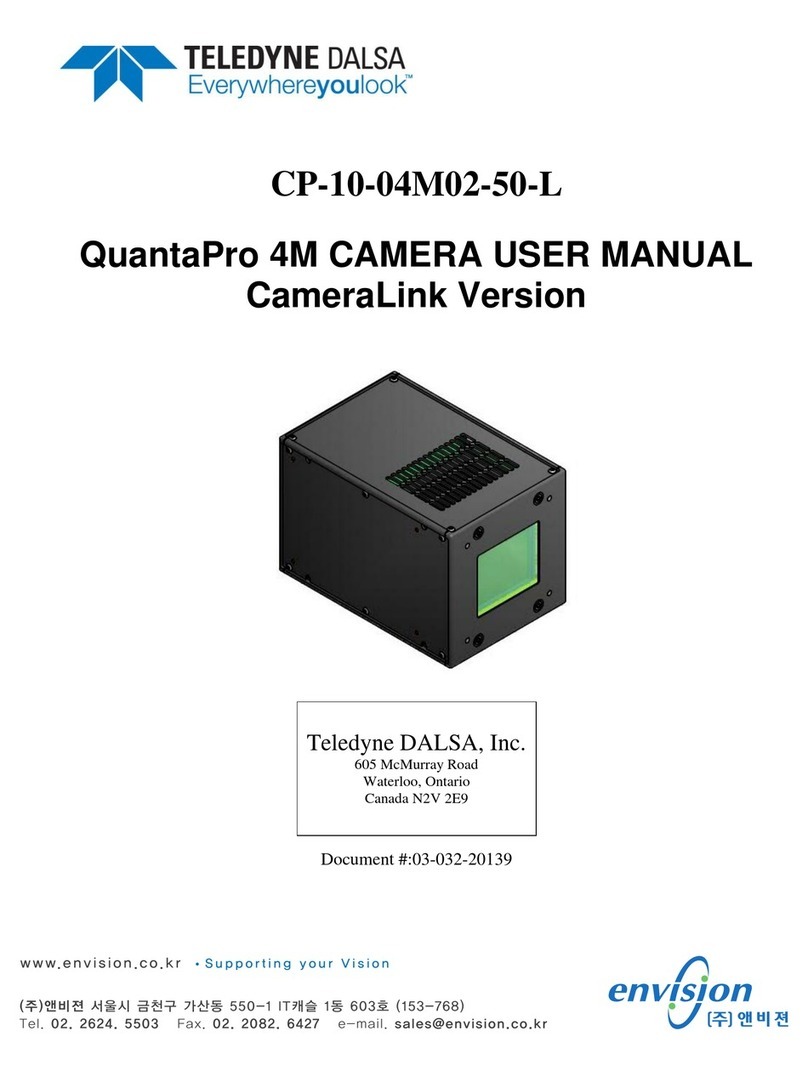
Teledyne
Teledyne QuantaPro CP-10-04M02-50-L User manual
